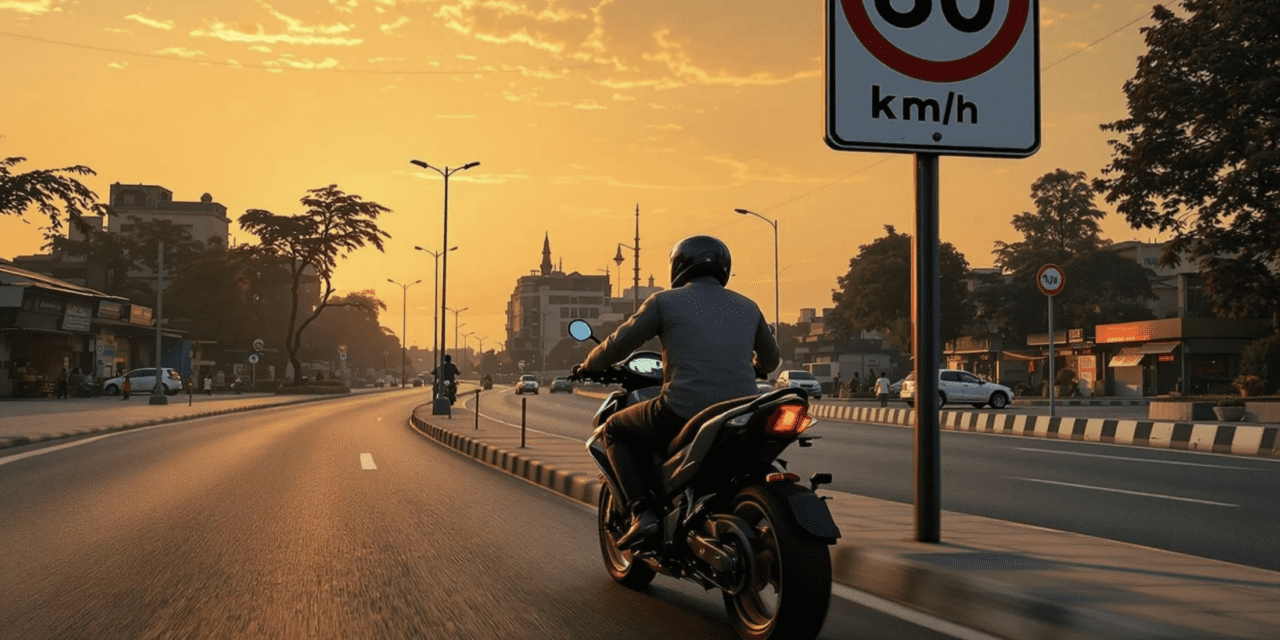The Road Safety Authority (RSA) has welcomed the introduction of a new default 60 km/h speed limit on many rural local roads, replacing the previous default 80 km/h limit. The change comes in response to the findings of the Speed Limit Review, led by the Department of Transport, in the context of Action 6 of the Government’s Road Safety Strategy 2021 – 2030.
Public Support for Lower Speed Limits
There is strong public support for lower speed limits on rural local roads. The RSA commissioned Ipsos B&A to conduct a nationally representative survey of over 1200 motorists in November 2024 and found that:
· 60% of motorists consider rural local roads to be unsafe.
· Over 60% of motorists support reducing speed limits on rural local roads.
· The most prominent reasons for support for the change was a perception that most users drive too fast for the conditions on rural local roads and that they often feature sharp bends.
· When shown a photograph of a rural local road, 70% of motorists thought the speed limit was 60km/h or less.
The decision to reduce speed limits is based on clear scientific evidence showing that speed directly affects the likelihood and severity of collisions:
· Lower speeds give drivers more time to react to unexpected hazards, reducing the chance of a collision.
· A slower impact speed significantly reduces injury severity, as the force of a collision increases exponentially with speed.
· Pedestrian survival rates improve dramatically with lower speeds.
o At 80 km/h, 9 in 10 pedestrians will be killed if struck by a vehicle.
o At 60 km/h, this drops to 5 in 10 – a vital difference.
Speaking on the speed limit reduction, Michael Rowland, Director of Research, Standards and Assurance with the Road Safety Authority said:
“Managing speed is one of the most effective ways to reduce fatalities and serious injuries from road traffic collisions. Setting speed limits that are appropriate for the type of road and their use is a cornerstone of the Safe System approach. This is an internationally recognised, best practice approach to achieving ambitious reductions in road user fatalities and serious injuries. Today’s change will help make our rural communities safer for all road users—motorists, people who cycle, and pedestrians alike. We are also encouraged by the strong public support for this measure as indicated by our research. The majority of people recognise that rural local roads can be dangerous and are in favour of reducing speed limits to make them safer.”
Rural Speed Sign
The Road Safety Authority (RSA) has launched a public awareness campaign to highlight the updated meaning of the ‘Rural Speed Sign.’ This campaign will encompass audio and visual ads across video-on-demand, radio, and social media until the end of the month. The campaign http://rsa.ie/road-safety/campaigns/rural-speed-limit will educate road users on what the sign now means in the context of the change to speed limits for rural local roads. Key stakeholders, including the Department of Transport, Local Authorities and An Garda Síochána, will further amplify the message through their own social media channels. To further support the ‘Slower Speeds, Safer Roads’ initiative and the reduction of speed limits on rural local roads, the RSA will launch a new TV-led speeding campaign on March 1st. Running for a full month across television, video-on-demand, radio, digital audio, social media, and out of home platforms, the campaign will underscore the dangers of casual increases in speed—particularly on rural roads.











